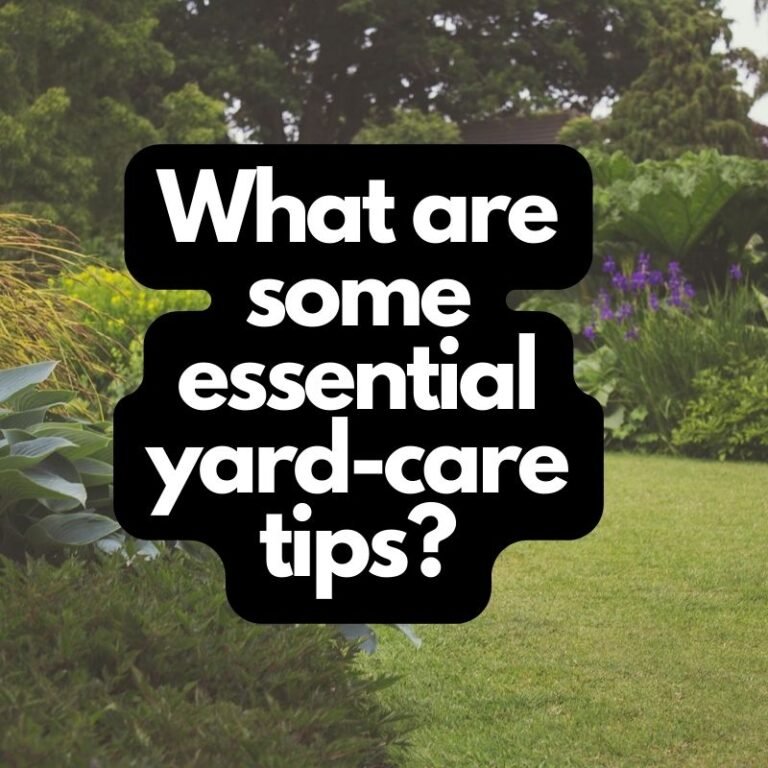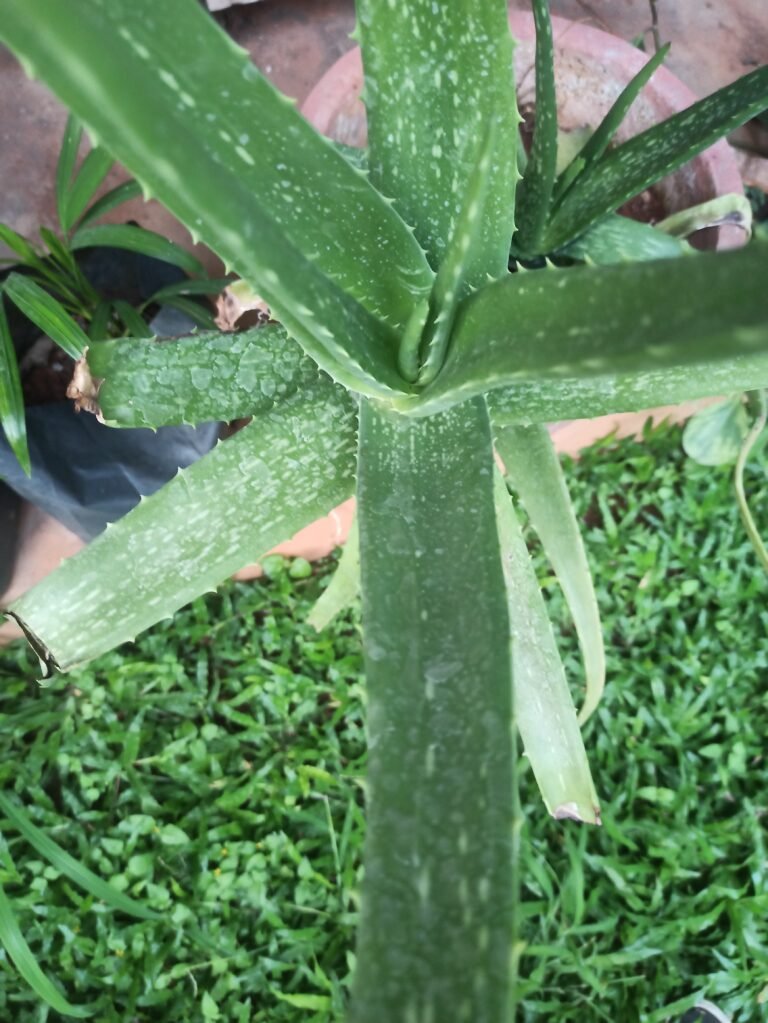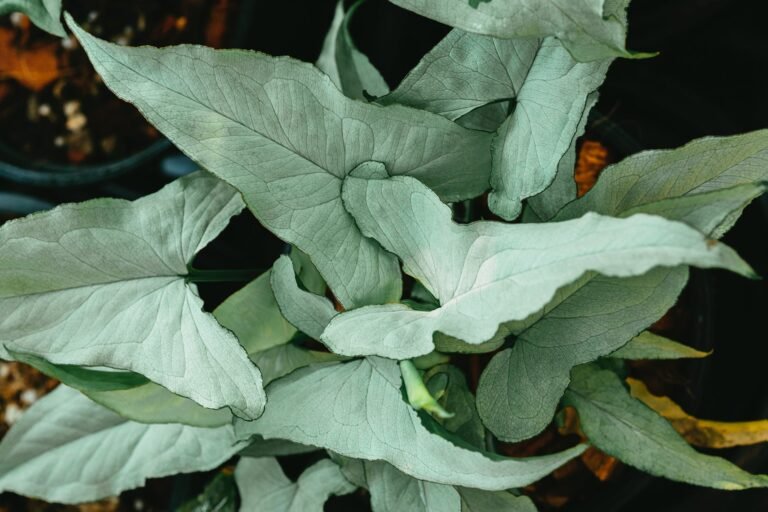Search Below For New Gardening Tips and Tricks with Practicals
Gardening is not only a hobby but also a form of therapy for many people. It allows individuals to escape the stresses of daily life and immerse themselves in the beauty of nature. By tending to plants and watching them grow, gardeners experience a sense of accomplishment and fulfillment that is hard to find elsewhere.
One of the first things that every aspiring gardener should understand is the importance of soil. Good soil is the foundation for a successful garden. It provides the necessary nutrients and support for plants to grow and thrive. Before starting a garden, it is essential to assess the quality of the soil and make any necessary amendments to improve its fertility.
Another crucial aspect of gardening is understanding the needs of different plants. Each plant has specific requirements for sunlight, water, and temperature. Some plants thrive in full sun, while others prefer shade. Some plants require regular watering, while others are more drought-tolerant. By understanding these needs, gardeners can create the ideal growing conditions for their plants.
Proper watering is another key factor in maintaining a healthy garden. Overwatering can lead to root rot and other diseases, while underwatering can cause plants to wither and die. Finding the right balance can be challenging, but it is crucial for the overall health of the garden. Factors such as climate, soil type, and plant species all play a role in determining how much water a garden needs.
In addition to watering, gardeners must also be vigilant about pests and diseases. Insects, rodents, and other pests can wreak havoc on a garden if left unchecked. Regular inspection and early intervention are essential for preventing infestations and minimizing damage. Similarly, diseases such as fungal infections can quickly spread and devastate a garden. Proper sanitation and the use of organic fungicides can help prevent the spread of diseases.
Finally, one of the most rewarding aspects of gardening is the ability to enjoy the fruits of your labor. Whether it’s harvesting fresh vegetables, picking vibrant flowers, or simply sitting in a beautiful garden, the rewards of gardening are endless. The sense of accomplishment that comes from growing your food or creating a stunning landscape is truly gratifying.
In conclusion, gardening is a delightful and fulfilling activity that offers numerous benefits. By understanding the basics of gardening, such as soil preparation, plant care, pest control, and harvesting, individuals can create and maintain beautiful gardens that bring joy and beauty to their lives.
4. Community Engagement
Gardening can bring people together and foster a sense of community. Community gardens, where individuals come together to cultivate shared plots of land, provide a space for neighbors to connect and collaborate. These gardens often promote social interaction, knowledge sharing, and a sense of belonging. By participating in a community garden, individuals can form relationships, learn from each other, and work towards a common goal of creating a beautiful and productive green space.
5. Educational Opportunities
Gardening offers endless opportunities for learning and personal growth. Whether you are a seasoned gardener or a beginner, there is always something new to discover and explore. Gardening can teach valuable lessons about biology, botany, ecology, and sustainability. It can also provide practical skills such as planning, problem-solving, and time management. Engaging in gardening activities can be a great way to educate children about the natural world and instill in them a sense of responsibility towards the environment.
6. Aesthetics and Beauty
Gardening allows individuals to create and enjoy beautiful outdoor spaces. Whether you have a small balcony garden, a backyard oasis, or a sprawling landscape, gardening gives you the opportunity to design and cultivate an aesthetically pleasing environment. By carefully selecting plants, arranging them in visually pleasing patterns, and incorporating elements such as pathways, seating areas, and water features, you can transform your outdoor space into a tranquil and inviting sanctuary.
7. Stress Relief
Gardening has long been recognized as a therapeutic activity that can help reduce stress and anxiety. The act of nurturing plants, watching them grow, and seeing the fruits of your labor can be incredibly rewarding and calming. Gardening provides a sense of purpose and accomplishment, allowing individuals to focus on the present moment and find solace in nature. The rhythmic tasks of planting, weeding, and watering can be meditative, providing a much-needed break from the fast-paced and technology-driven world we live in.
8. Sustainability
Gardening promotes sustainability by encouraging individuals to adopt eco-friendly practices. By composting kitchen scraps, using organic fertilizers, and conserving water, gardeners can minimize waste and reduce their environmental impact. Furthermore, gardening encourages biodiversity by attracting pollinators and beneficial insects, which play a crucial role in maintaining healthy ecosystems. By embracing sustainable gardening practices, individuals can contribute to the conservation of natural resources and help create a more resilient and sustainable future.
7. Garden Rake
A garden rake is an essential tool for leveling the soil, removing debris, and spreading mulch. It has sturdy tines that help break up clumps of soil and remove rocks or other unwanted materials from the surface.
8. Pruning Saw
While pruning shears are great for smaller branches, a pruning saw is necessary for larger, thicker branches. It allows you to make clean cuts without damaging the tree or shrub, promoting healthy growth and preventing disease.
9. Garden Hoe
A garden hoe is useful for cultivating the soil, removing weeds, and creating furrows for planting seeds. It has a long handle and a flat blade that can easily break up the soil and remove unwanted vegetation.
10. Garden Spade
A garden spade is a versatile tool that can be used for digging, edging, and transplanting. It has a sharp, flat blade that can cut through soil and roots, making it ideal for creating planting holes or dividing plants.
11. Garden Pruners
In addition to pruning shears, garden pruners are a valuable tool for cutting larger branches and stems. They have longer blades and handles, providing more leverage and making it easier to tackle thicker growth.
12. Garden Twine
Garden twine is a handy tool for tying plants to stakes, trellises, or other structures. It helps support the plants and prevents them from falling over or getting damaged by strong winds or heavy fruit.
13. Garden Sprayer
A garden sprayer is useful for applying fertilizers, pesticides, or herbicides to your plants. It allows for precise and controlled application, ensuring that your plants receive the necessary nutrients and protection from pests or diseases.
Having these essential gardening tools will make your gardening experience more enjoyable and productive. They will help you maintain the health and beauty of your garden, allowing you to grow a wide variety of plants and create a thriving outdoor space.
Basic Gardening Principles
Now that you have the necessary tools, let’s explore some basic gardening principles that everybody should know:
1. Sunlight
Most plants require sunlight to grow and thrive. Before planting, assess the amount of sunlight your garden receives throughout the day. This will help you choose the right plants for your space. Full-sun plants need at least six hours of direct sunlight, while shade-loving plants can thrive in areas with limited sunlight.
2. Soil Quality
Good soil is the foundation for a successful garden. Test your soil to determine its pH level and nutrient content. Most plants prefer a slightly acidic to neutral pH (around 6 to 7). If your soil is lacking in nutrients, consider adding organic matter such as compost or well-rotted manure to improve its fertility.
3. Watering
Watering is crucial for plant growth, but it’s important to strike a balance. Overwatering can lead to root rot and other diseases, while underwatering can cause plants to wilt and die. The frequency and amount of water needed depend on factors such as plant type, weather conditions, and soil moisture. Water deeply and less frequently to encourage deep root growth.
4. Mulching
Mulching is the process of covering the soil surface with a layer of organic material such as wood chips, straw, or compost. Mulch helps to retain soil moisture, suppress weed growth, regulate soil temperature, and improve soil fertility. Apply a layer of mulch around your plants, leaving a small gap around the stems to prevent rot.
5. Pruning
In addition to providing sunlight, water, and nutrients, plants also benefit from regular pruning. Pruning involves removing dead or overgrown branches, stems, or flowers to promote healthy growth and improve the overall appearance of the plant. It is important to use clean and sharp tools when pruning to prevent the spread of diseases. Different plants have different pruning requirements, so it’s essential to research and understand the specific needs of each plant in your garden.
6. Pest Control
One of the challenges that gardeners face is dealing with pests that can damage or destroy their plants. There are various methods of pest control, including natural and chemical options. Natural methods include using companion plants, such as marigolds, to repel pests, attracting beneficial insects like ladybugs and lacewings, and using organic pest control products. Chemical options, such as pesticides, should be used as a last resort and only when necessary, as they can harm beneficial insects and the environment.
7. Crop Rotation
Rotating crops is an important practice in gardening to prevent the buildup of pests and diseases in the soil. By rotating the location of different plant families each year, you can disrupt the life cycles of pests and reduce the risk of soil-borne diseases. It is best to group plants with similar nutrient requirements together and avoid planting the same crop in the same spot for consecutive years.
By following these basic gardening principles, you can create a thriving and beautiful garden that brings you joy and satisfaction. Remember to observe your plants closely, make adjustments as needed, and enjoy the process of nurturing and growing your own little piece of nature.
Tips for a Thriving Garden
Now that you understand the basic principles of gardening, here are some additional tips to help you create a thriving garden:
1. Plan Your Garden
Before you start planting, take some time to plan your garden layout. Consider factors such as plant compatibility, growth habits, and aesthetic appeal. Group plants with similar water and sunlight requirements together to make watering and maintenance easier.
Think about the overall design of your garden. Will it be a formal garden with neatly arranged rows, or a more informal and natural-looking space? You can also incorporate elements such as paths, seating areas, and focal points to enhance the visual appeal of your garden.
2. Start with Easy-to-Grow Plants
If you are new to gardening, it’s best to start with easy-to-grow plants that are more forgiving. Herbs like basil, mint, and rosemary, as well as vegetables like tomatoes, lettuce, and radishes, are great options for beginners. As you gain experience and confidence, you can gradually expand your plant selection.
Consider the climate and soil conditions in your area when choosing plants. Some plants thrive in full sun, while others prefer partial shade. Similarly, certain plants require well-drained soil, while others can tolerate heavier clay soil. Research the specific needs of the plants you choose to ensure their success.
3. Practice Crop Rotation
Rotating crops is an effective way to prevent soil-borne diseases and maintain soil fertility. Avoid planting the same crop in the same location year after year. Instead, rotate your crops in different areas of your garden to reduce the risk of pests and diseases.
For example, if you grow tomatoes in one area of your garden this year, plant them in a different spot next year. This helps prevent the buildup of pests and diseases that can affect tomato plants. Additionally, rotating crops helps balance the nutrient levels in the soil, as different plants have different nutrient requirements.
4. Regular Maintenance
Maintaining your garden regularly is essential for its long-term health and productivity. This includes tasks such as weeding, pruning, fertilizing, and pest control. Regularly inspect your plants for signs of pests or diseases, and take appropriate action to prevent their spread.
Weeding is important to remove unwanted plants that compete with your garden plants for nutrients and water. Pruning helps shape and control the growth of your plants, while fertilizing provides them with the necessary nutrients for healthy growth. Pest control measures can include organic methods such as hand-picking pests or using natural insecticides.
5. Learn from Experience
Gardening is a continuous learning process. Observe how your plants respond to different conditions, experiment with new techniques, and learn from your successes and failures. Joining a gardening community or seeking advice from experienced gardeners can also provide valuable insights and support.
Keep a gardening journal to record your observations, including planting dates, watering schedules, and any issues or successes you encounter. This will help you track your progress over time and make informed decisions for future gardening endeavors.
Remember, gardening is not just about the end result of a beautiful and productive garden, but also about the joy and satisfaction that comes from nurturing plants and connecting with nature. Enjoy the process and embrace the learning journey that gardening offers.
Discover more from Gardening with Ecorganicas-Source for Organic Gardening Tips
Subscribe to get the latest posts sent to your email.








